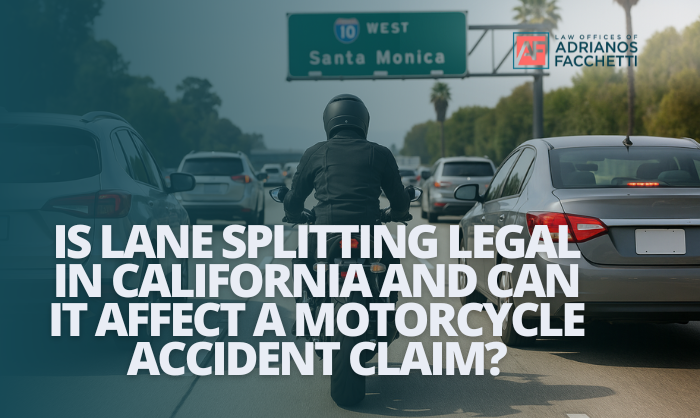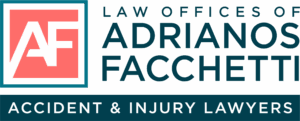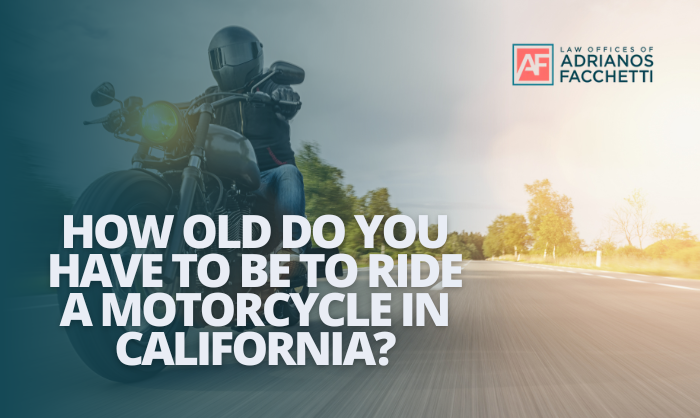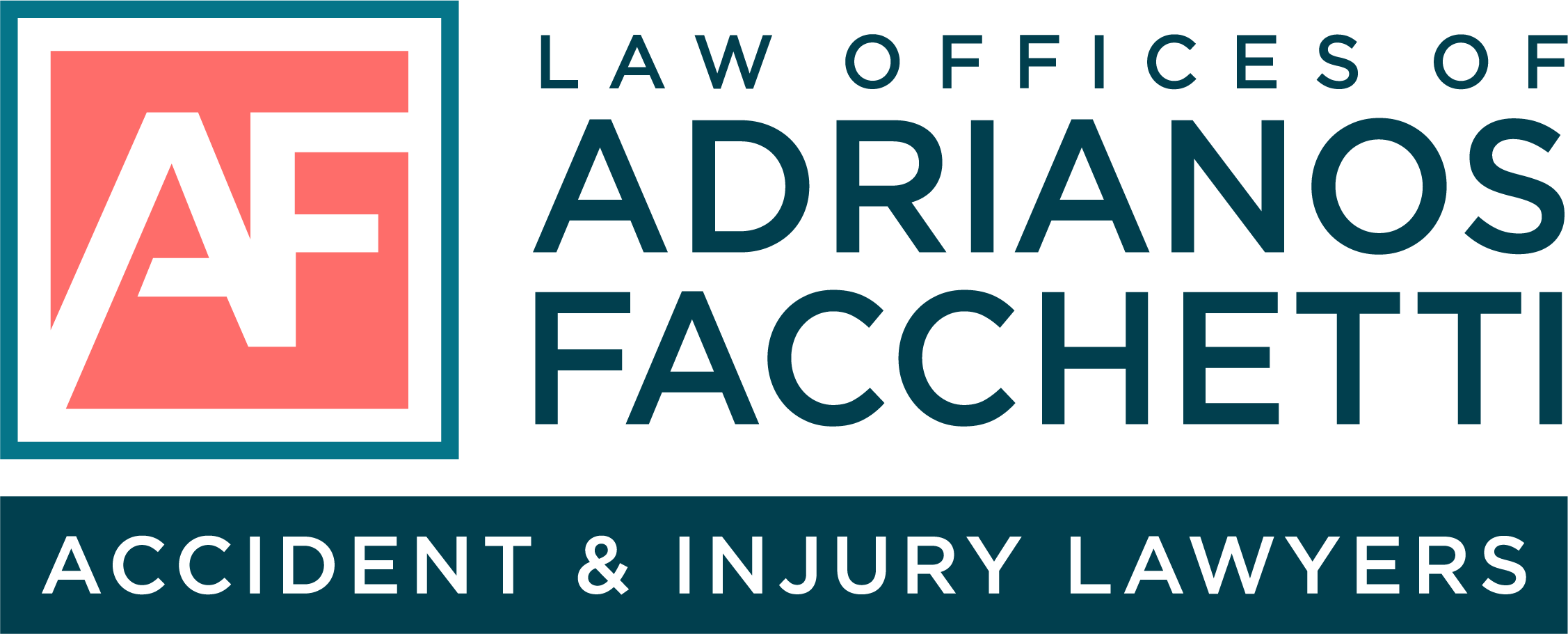Lane splitting, the practice of riding a motorcycle between lanes of slow-moving or stopped traffic, is a unique aspect of California's traffic laws. Unlike many other states where lane splitting is explicitly illegal, California has adopted a more permissive stance. In 2016, California Assembly Bill 51 was signed into law, which clarified that lane splitting is legal as long as it is done safely and responsibly.

This legislation did not create a specific set of rules for lane splitting but rather provided guidelines for motorcyclists to follow, emphasizing the importance of safety and caution. The California Highway Patrol (CHP) has issued recommendations for safe lane splitting, advising motorcyclists to avoid speeds greater than 10 miles per hour above the flow of traffic and to refrain from lane splitting when traffic is moving at speeds exceeding 30 miles per hour. These guidelines aim to reduce the risks associated with lane splitting while allowing motorcyclists to navigate congested roadways more efficiently.
However, the lack of a comprehensive legal framework means that riders must exercise their judgment and be aware of their surroundings to ensure their safety and compliance with the law.
Key Takeaways
- Lane splitting is legal in California, but it is not explicitly defined in the state's vehicle code.
- Lane splitting can impact motorcycle safety by reducing the risk of rear-end collisions and allowing motorcycles to escape dangerous situations.
- Lane splitting can influence liability in motorcycle accidents, as it may be considered a factor in determining fault.
- Legal considerations for lane splitting and motorcycle accident claims include the need to prove negligence and the potential impact on compensation.
- Factors to consider when determining fault in lane splitting accidents include the speed of the motorcycle, the behavior of other drivers, and adherence to traffic laws.
The Impact of Lane Splitting on Motorcycle Safety
Lane splitting can have both positive and negative implications for motorcycle safety. On one hand, it allows motorcyclists to avoid being rear-ended in stop-and-go traffic, a common cause of accidents involving motorcycles. By maneuvering between lanes, riders can reduce their exposure to potential collisions with larger vehicles that may not see them in congested conditions.
Studies have indicated that lane splitting can lead to fewer accidents overall, as it helps motorcyclists maintain a safer distance from other vehicles. On the other hand, lane splitting also presents inherent risks. Riders must navigate through tight spaces and may encounter unexpected obstacles, such as opening car doors or pedestrians crossing the street.
The success of lane splitting largely depends on the skill and experience of the motorcyclist, as well as the behavior of surrounding drivers. Inexperienced riders may find themselves in precarious situations, increasing the likelihood of accidents. Therefore, while lane splitting can enhance safety in certain scenarios, it requires a high level of awareness and skill from the rider.
How Lane Splitting Can Influence Liability in Motorcycle Accidents
In the event of a motorcycle accident involving lane splitting, determining liability can become complex. If a motorcyclist is involved in a collision while lane splitting, the circumstances surrounding the incident will play a crucial role in establishing fault. For instance, if a driver suddenly changes lanes without checking for motorcycles, they may be deemed liable for the accident.
Conversely, if the motorcyclist was lane splitting recklessly or at excessive speeds, they could share responsibility for the collision. California follows a comparative negligence system, meaning that liability can be divided among multiple parties based on their degree of fault. This system allows for a more nuanced approach to accident claims, particularly in cases involving lane splitting.
If both the motorcyclist and another driver contributed to the accident, each party's percentage of fault will affect the compensation awarded in a personal injury claim. Therefore, understanding how lane splitting impacts liability is essential for both riders and drivers involved in such incidents.
When pursuing a motorcycle accident claim involving lane splitting, several legal considerations come into play. First and foremost, it is essential to establish whether the lane splitting was conducted safely and within the guidelines set forth by the CHP. If a rider can demonstrate that they were following these recommendations at the time of the accident, it may strengthen their case for compensation.
Additionally, documentation plays a critical role in motorcycle accident claims. Riders should gather evidence such as photographs of the accident scene, witness statements, and police reports to support their claims. This information can help establish the circumstances surrounding the accident and clarify the actions of both parties involved.
Furthermore, consulting with an attorney experienced in motorcycle accident cases can provide valuable insights into navigating the legal landscape and maximizing potential compensation.
Factors to Consider When Determining Fault in Lane Splitting Accidents
Several factors influence fault determination in lane splitting accidents. One key consideration is the behavior of both the motorcyclist and other drivers involved in the incident. For example, if a driver was distracted or engaged in reckless driving behavior at the time of the collision, this could significantly impact their liability.
Similarly, if the motorcyclist was lane splitting aggressively or weaving through traffic without regard for safety, they may be found partially at fault. Another important factor is adherence to traffic laws and regulations. If either party violated traffic laws such as failing to signal when changing lanes or exceeding speed limits this could also affect fault determination.
Additionally, road conditions and visibility at the time of the accident may play a role in assessing liability. Ultimately, a thorough investigation into all contributing factors is necessary to arrive at an equitable resolution regarding fault in lane splitting accidents.
The Role of Lane Splitting in California's Traffic Laws
Lane splitting occupies a unique position within California's traffic laws, reflecting the state's progressive approach to motorcycle regulations. As one of the few states that explicitly permits this practice, California recognizes the benefits it can offer to motorcyclists navigating congested urban environments. The state's legal framework encourages safe riding practices while allowing motorcyclists to take advantage of their vehicle's agility.
Moreover, California's stance on lane splitting has sparked discussions about motorcycle safety and awareness among all road users. By legitimizing this practice, lawmakers aim to foster an environment where both motorcyclists and drivers are more conscious of each other's presence on the road. This shift in perspective has implications for driver education programs and public awareness campaigns aimed at reducing motorcycle accidents and promoting safer interactions between different types of vehicles.
Navigating the Complexities of Lane Splitting and Insurance Claims
Navigating insurance claims related to lane splitting accidents can be particularly challenging due to the complexities involved in determining fault and liability. Insurance companies often scrutinize claims involving lane splitting more closely than traditional motorcycle accidents because of the unique legal considerations at play. Riders may face difficulties when attempting to secure compensation if their actions are perceived as reckless or unsafe.
To effectively navigate these complexities, it is crucial for motorcyclists to document all aspects of their accident thoroughly. This includes gathering evidence that supports their claim of safe lane splitting practices and demonstrating how they adhered to CHP guidelines. Additionally, working with an attorney who specializes in motorcycle accidents can provide riders with essential guidance throughout the claims process.
An experienced burbank lawyer can help negotiate with insurance companies and advocate for fair compensation based on the specifics of each case, ensuring that riders receive the support they need after an accident involving lane splitting.













